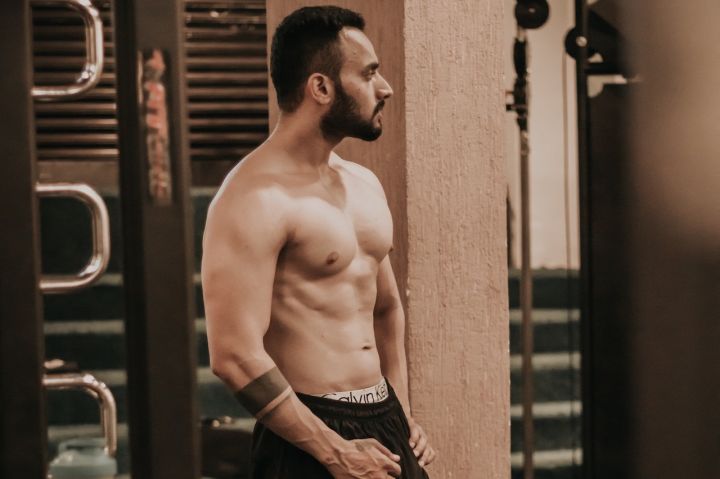as regular readers of love fitness will know, we are neutral on many of the comparisons of good and bad movements. Fundamentally, there are no two movements that are absolutely identical in terms of training parts, so such comparisons are not very meaningful.

Our evaluation of movements must then return to your purpose.
For example, let's say the leg goal we're looking at today is muscle hypertrophy. It goes without saying that your full attention should be focused on the deep squat.

the deep squat is one of the best movements for developing overall muscle and strength, and as well as putting a huge amount of stress on the legs, it helps develop the muscles in the core area.
If you're a deep squat hobbyist buddy, i'm sure we don't need to talk much about the basic movement aspects, today i'll be talking about movement arrangements and tips on what you should and shouldn't do during training.

1. About sore legs after training
to turn things on their head if you are experiencing muscle soreness after a leg workout then it means that it is possible that you are undertraining and not necessarily that you have had a particularly good leg workout this time. What usually happens when someone new to the gym tries leg training for the first time is that their body is so unaccustomed to stimulating the muscles in their legs that their body reacts strongly in the form of muscle soreness.
Therefore, the legs should be trained at least twice a week. If the legs are a lagging area, which is certainly the case for many people, try training the legs three times a week.

training legs only once a week is not the best practice, the split training method sometimes does not work so that you can only train one muscle at a time and only once a week. For most average people, there is a need to optimise their training more.
2. Squat form and technique
it takes more than a few hundred words to explain the mechanics of the deep squat. However, the key thing to remember is: Depth. Squat to a depth where your thighs are below parallel to the ground and you will get twice as much out of each repetition.

also, if you are interested in powerlifting, then you won't be nullified from a previous performance by the bad habit of not squatting deep enough on a regular basis. Going down as far as possible will give you a greater range of motion, stimulating more muscles and meaning more growth. Even when you are stepping up, make sure the training movements are correct.
3. Leg training equipment
in the beginning, training equipment should be as little as possible, as this prevents weaknesses from being constantly magnified. However the weight keeps increasing and a belt to stabilise the core can be added.

although the deep squat is a great full body movement, we train it primarily to get the legs to grow.
Therefore, if the legs are developing strength at a more desirable rate, the core may become a bottleneck and using a belt, which is also a good way to avoid injury. However, while using the belt you still have to perform exercises that increase targeting the core. Don't neglect core strengthening because of the stability a belt brings.

don't use knee straps unless you really need them. It is true that belted knees will give you extra strength, especially at the lowest point of the squat, make sure you really need them, for example for bad knees, and don't use them just to improve your squat reps. Train high weight squats with bound knees, but be careful not to overdo it.
The same above also refers to set knees. However, i personally feel that set knees would be a better option. Set knees stabilise the knees without giving you too much strength assistance like straps do.

4. Nothing else is needed except squats?
The workout can still be supplemented with exercises such as some romanian hard pulls for the hamstrings or some abdominal movements for further core stabilisation.
Quality over quantity and weight is the rule of training and the same applies to leg training. Don't let other movements take most of the time and effort away from leg training.

finally, remember the core advice of the fitness loving wraith, squat at least twice a week and make sure to progressively overload and don't misuse and over rely on pads.

